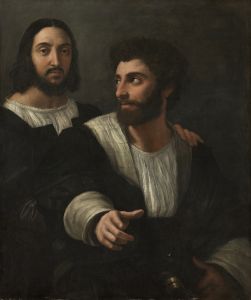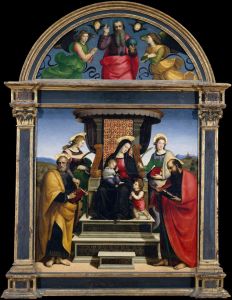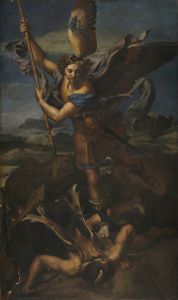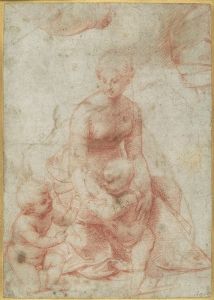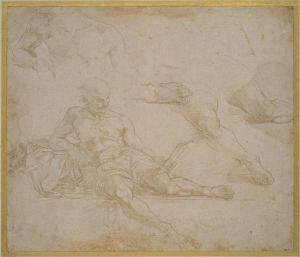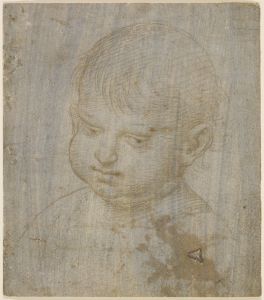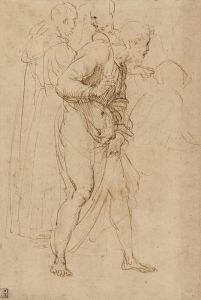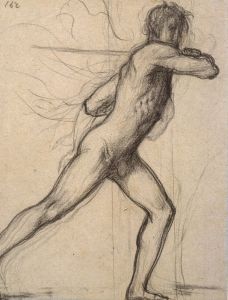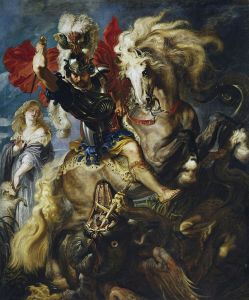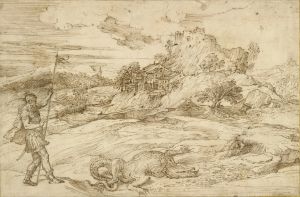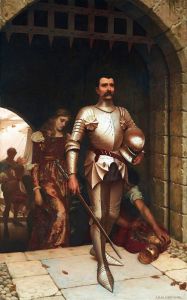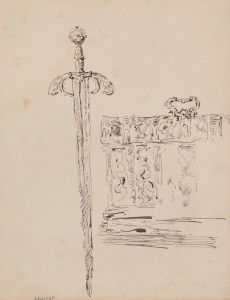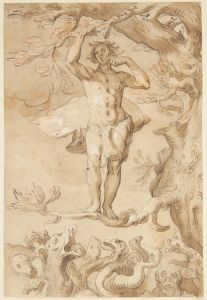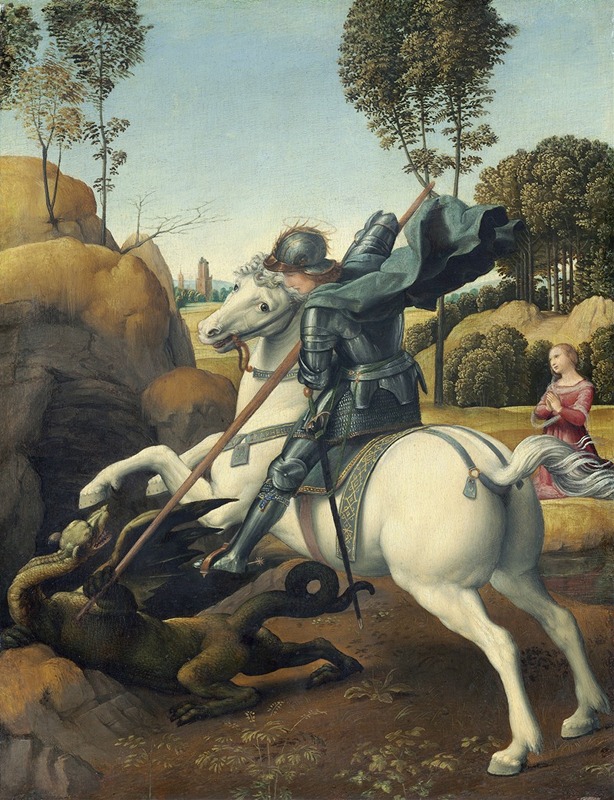
Saint George and the Dragon
A hand-painted replica of Raphael’s masterpiece Saint George and the Dragon, meticulously crafted by professional artists to capture the true essence of the original. Each piece is created with museum-quality canvas and rare mineral pigments, carefully painted by experienced artists with delicate brushstrokes and rich, layered colors to perfectly recreate the texture of the original artwork. Unlike machine-printed reproductions, this hand-painted version brings the painting to life, infused with the artist’s emotions and skill in every stroke. Whether for personal collection or home decoration, it instantly elevates the artistic atmosphere of any space.
"Saint George and the Dragon" is a renowned painting by the Italian Renaissance artist Raphael. This artwork is one of the two paintings by Raphael that depict the legendary tale of Saint George, a Christian martyr and soldier who is celebrated for slaying a dragon. The painting is believed to have been created around 1504-1506, during Raphael's early years when he was heavily influenced by the works of his predecessors and contemporaries, such as Leonardo da Vinci and Michelangelo.
The painting is executed in oil on a small wooden panel, measuring approximately 28.5 cm by 21.5 cm. It is currently housed in the Louvre Museum in Paris, France. Raphael's depiction of the legendary scene is characterized by its dynamic composition and attention to detail, showcasing his burgeoning mastery of form, perspective, and color.
In the painting, Saint George is portrayed as a young knight clad in shining armor, mounted on a rearing white horse. He is in the act of delivering a decisive blow to the dragon with his lance. The dragon, depicted as a fearsome creature with wings and a serpentine body, is shown in a moment of defeat, adding a sense of drama and movement to the composition. The background features a serene landscape with rolling hills and a distant city, providing a stark contrast to the intense action in the foreground.
Raphael's "Saint George and the Dragon" is notable for its harmonious composition and the artist's skillful use of color and light. The painting reflects the ideals of the High Renaissance, emphasizing balance, clarity, and beauty. Raphael's ability to convey the narrative through expressive figures and dynamic poses is evident in this work, highlighting his talent in capturing both the physical and emotional aspects of the scene.
The story of Saint George and the dragon is a popular legend in Christian hagiography. According to the tale, Saint George rescues a princess and the people of a city from a dragon that demands human sacrifices. The legend symbolizes the triumph of good over evil and has been a popular subject in art and literature throughout history.
Raphael's interpretation of this legend is one of the many artistic representations that have contributed to the enduring popularity of the story. His version is celebrated for its elegance and technical proficiency, reflecting the artist's growing reputation during his lifetime as one of the leading painters of the Renaissance.
"Saint George and the Dragon" by Raphael continues to be admired for its artistic merit and historical significance, offering insight into the cultural and religious themes that were prevalent during the Renaissance period. The painting remains an important part of Raphael's oeuvre, showcasing his development as an artist and his contribution to the rich tapestry of Renaissance art.





